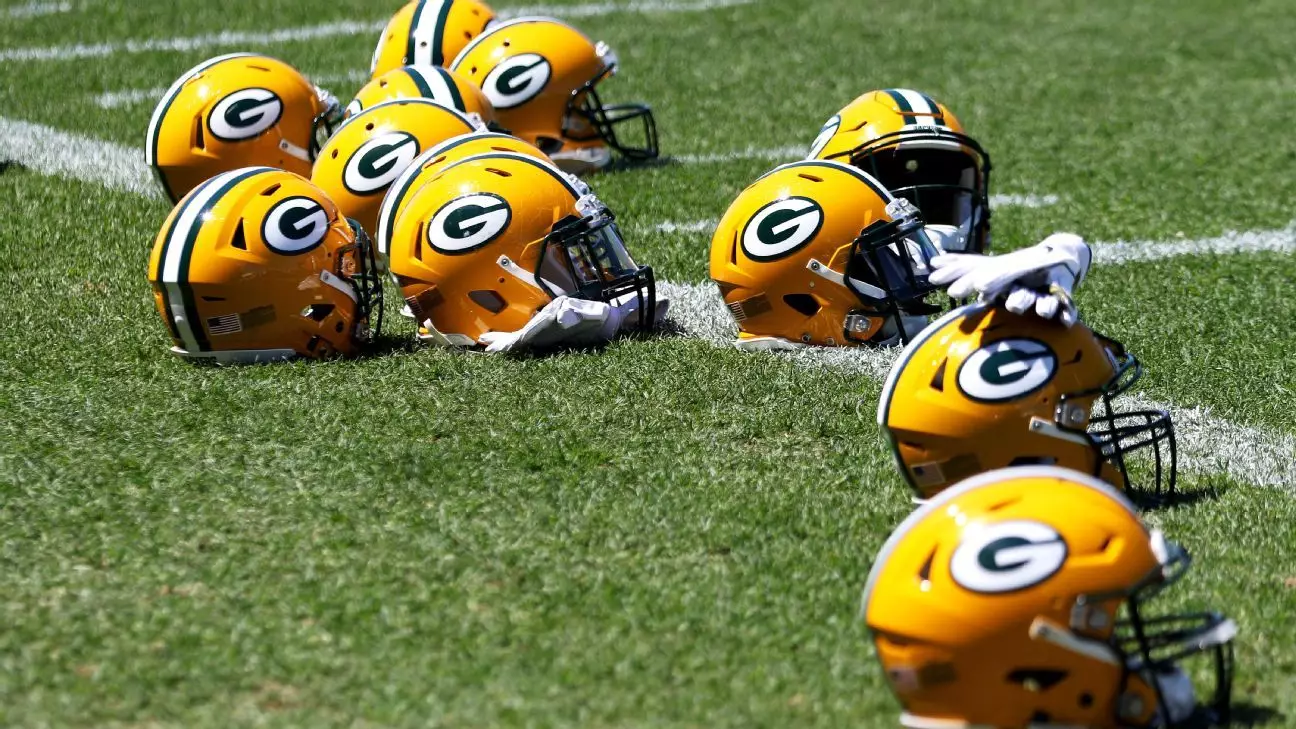The evolution of the NFL’s financial landscape over the past two decades is nothing short of extraordinary. When Mark Murphy first reported on the league’s finances 18 years ago, the revenue sharing per team hovered around $138 million—a stark contrast to today’s figures. Fast forward to recent years, and that number has surged past the half-billion-dollar mark, with the latest NFL revenue sharing hitting an astonishing $432.6 million per team. This explosive growth underscores how the league has not only expanded its reach but also fundamentally transformed its economic engine. The NFL’s ability to multiply revenue sources—from traditional TV deals to streaming platforms—has positioned it as one of the most lucrative sports leagues worldwide.
Murphy’s commentary on the league’s success reveals a deep appreciation for the NFL’s relentless capacity to adapt and innovate economically. The league’s mastery in leveraging broadcast television rights, bolstered by a strategic shift towards streaming, has allowed revenues to skyrocket. The move towards digital platforms, while still anchored in traditional media, demonstrates a nuanced understanding of shifting consumer habits. Today’s NFL revenue model is a testament to aggressive growth strategies, sophisticated media negotiations, and a product that remains immensely appealing to a broad demographic spectrum. The league’s savvy in maximizing these revenue streams ensures not only its survival but its ascendancy as an economic powerhouse.
Financial Transparency and Unique Ownership Structure as Catalysts of Growth
The Green Bay Packers’ unique status as a publicly owned team provides a rare window into the league’s financial health. Unlike most sports franchises owned by wealthy individuals or private entities, the Packers operate under a stockholder model—more than 540,000 shareholders, none of whom receive dividends. This structure fosters a community-centric approach and maintains the team’s local identity, but it also imposes certain financial constraints. For example, the Packers cannot pursue private equity investments, limiting their immediate capital-raising options. Yet, this model inadvertently fuels a different kind of strength: financial transparency and community support.
The Packers’ financial disclosures reveal a resilient organization that has invested heavily into its infrastructure. With nearly $675 million poured into Lambeau Field and other facilities under Murphy’s leadership, the team exemplifies how a focus on infrastructure can bolster long-term sustainability. The recent renovation of the locker room and the growth of the corporate reserve fund—now standing at nearly $580 million—demonstrate strategic planning rooted in stability rather than reckless expansion. Their careful approach underscores that sustainable growth in sports franchises often relies on prudent investments and community backing rather than solely relying on private wealth.
Moreover, the league’s broader trend toward lucrative TV deals and market expansion indicates that financial success is increasingly predicated upon media rights more than ticket sales or local sponsorships alone. Murphy’s remarks about the importance of national revenue and the rising influence of streaming services highlight a league that is continually innovating to stay ahead in a fiercely competitive media landscape. This ongoing evolution mirrors the broader digital transformation across industries, where adaptability and strategic foresight are vital.
The Future of the NFL: Strategic Growth Amid Challenges
Looking forward, the NFL is poised to sustain and even accelerate its growth trajectory. The league’s focus on expanding revenue from streaming and digital rights represents a deliberate attempt to capture a younger, more diverse audience. While traditional broadcast television remains a primary revenue driver, the shift towards digital platforms signifies an understanding that future viewership—and revenue—will increasingly reside in the online space.
At the same time, the league must navigate complex challenges—ranging from player safety concerns to league-wide calls for social justice, which inevitably influence its brand perception. Financially, maintaining its robust reserve fund and investing in infrastructure will be crucial to weather any storm. The NFL’s model, which heavily leans on media rights and optimistic consumer engagement, will require continuous innovation and community trust to sustain the level of growth seen in recent years.
Given the league’s track record, it is clear that the NFL has mastered the art of balancing tradition with innovation. Its revenue growth is not simply a happy coincidence but the result of strategic planning, strong media partnerships, and a product that resonates emotionally with millions worldwide. As Murphy prepares to step down, the game remains in a strong position—ready to capitalize on the digital revolution and ever-evolving media landscape, ensuring football remains a dominant cultural and economic force for years to come.


Leave a Reply